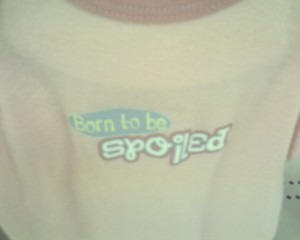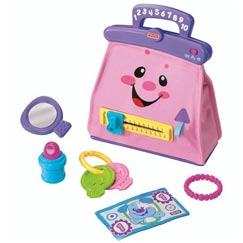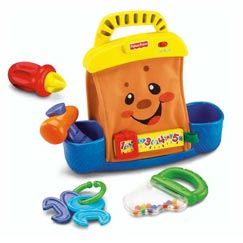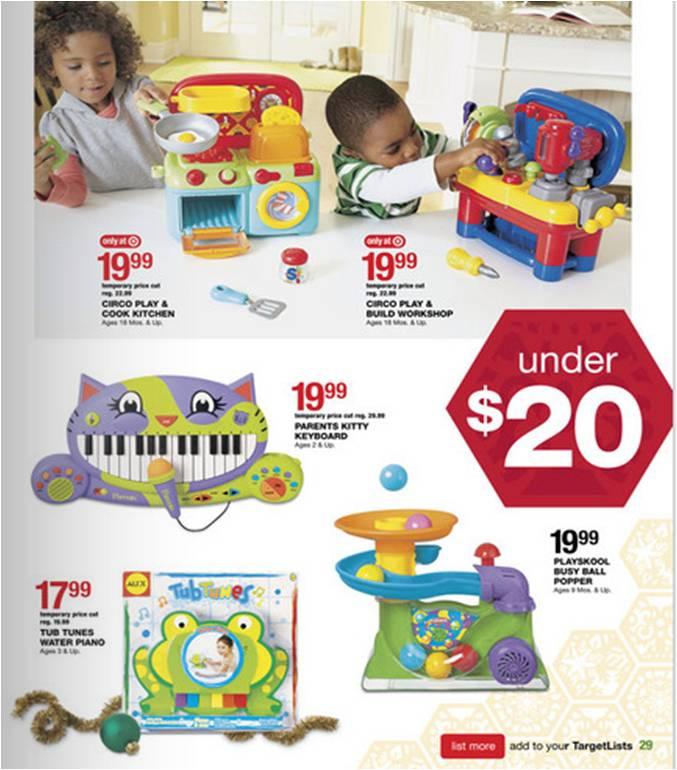From an article in the UK TimesOnline via an article on a bed for little girls called “Lolita.”
Yes, all these t-shirts come in children’s and baby sizes…


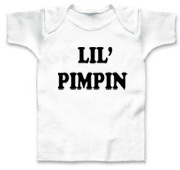




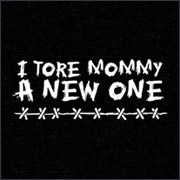


aa bb sent us two more images of t-shirts on sale at Target that get at the idea of little girls as spoiled future divas.
“Born to be spoiled.”
“Someday I’ll demand a pony.”

NEW! Natalie K. sent in some more examples of kids’ t-shirts with sexual messages, these from the clothing company Cotton on Kids (she believes it’s an Australian company).
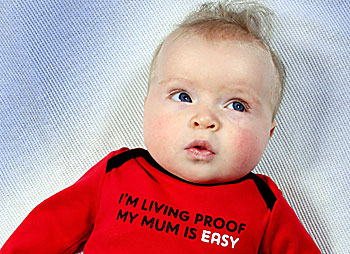
(Found at the Herald Sun.)
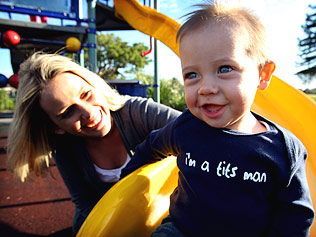
(From news.com.au)

